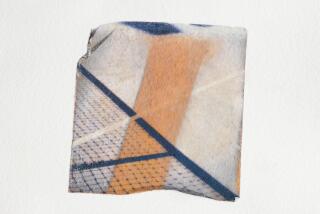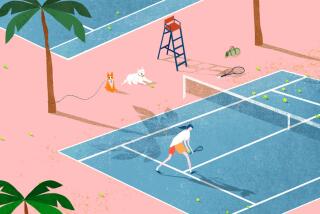The Three Grand Slam Playing Surfaces
- Share via
A tennis player must be versatile to adapt to all playing surfaces to win all four Grand Slam Tournaments.
French Open
The clay surface suits the baseline player, who can slide and get to more balls, and is a true test of a player’s patience.
Clay: About 1 2/5 to 2 inches of powdered limestone. About 1 3/5 to 2 inches of black sand with coal slag.
Wimbledon
The serve-and-volley game is more appropriate for the speedy grass surface which produces low bounce on balls.
Grass: 1/4 inch grass. 10 inches of medium soil consisting of 25% clay.
U.S. Open and Australian Open
The hardcourt surface gives a player a variety of speed, low and medium bounces and suits best an all-court player.
Hardcourts: 9 layers of artificial acrylic. 4 inches of asphalt. 6 to 8 inches of blue-gray sandstone.
More to Read
Go beyond the scoreboard
Get the latest on L.A.'s teams in the daily Sports Report newsletter.
You may occasionally receive promotional content from the Los Angeles Times.










